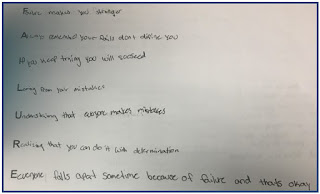A recent article from Psychology Today reports that colleges are seeing an increasing number of students that lack this quality. Counseling services are overwhelmed, professors are frustrated with students’ inability to solve even the simplest problems, and students are not learning to become responsible adults. How did we get here? And what can we do about it?
Dan Jones, former president of the Association for University and College Counseling Center Directors, says, “[Students] haven’t developed skills in how to soothe themselves, because their parents have solved all their problems and removed the obstacles. They don’t seem to have as much grit as previous generations.”
Dan goes on to say that he’s not trying to throw parents under the bus, as parents face many societal pressures raising kids in today’s world. These pressures have led them to manage and structure their kids’ lives in order to keep them safe, and to help them reach their potential, both noble goals. The downside, however, has been a “decline in opportunities [for kids] to play, explore, and pursue their own interests away from adults.” Anxiety and depression are up, and kids have less sense of control over their lives. When young people are not given opportunities to learn how to solve their own problems, get into trouble and find their way out, experience failure and realize they will survive, they become college-aged students that don’t know how to take responsibility for themselves, needing adult intervention when a problem arises.
In today’s world, a balance between structure and independence is needed if we are to build resilience. “If we want to prepare our kids for college—or for anything else in life—we have to counter these social forces. We have to give our children the freedom, which children have always enjoyed in the past, to get away from adults so they can practice being adults—that is, practice taking responsibility for themselves.”
Visit this link to read the article.



